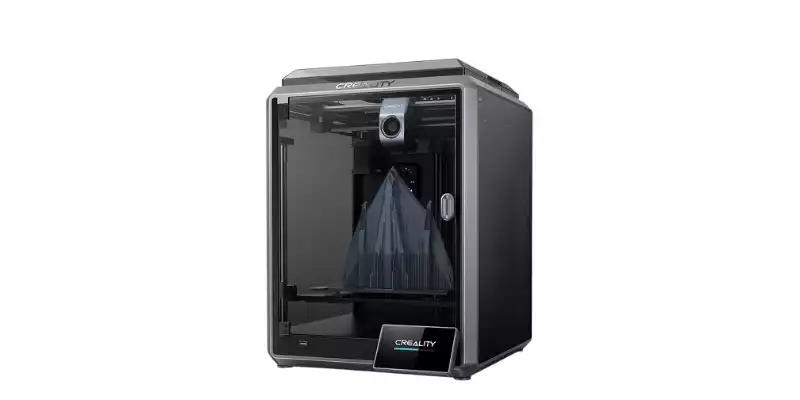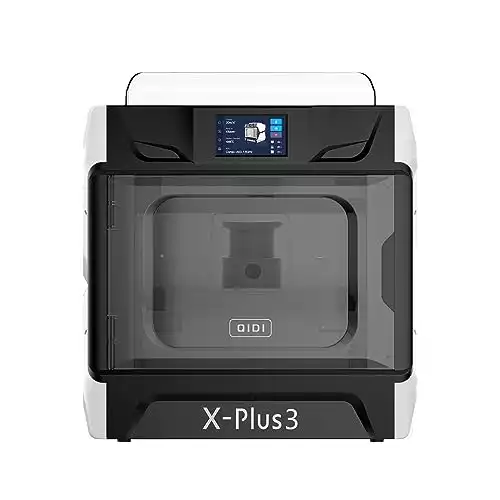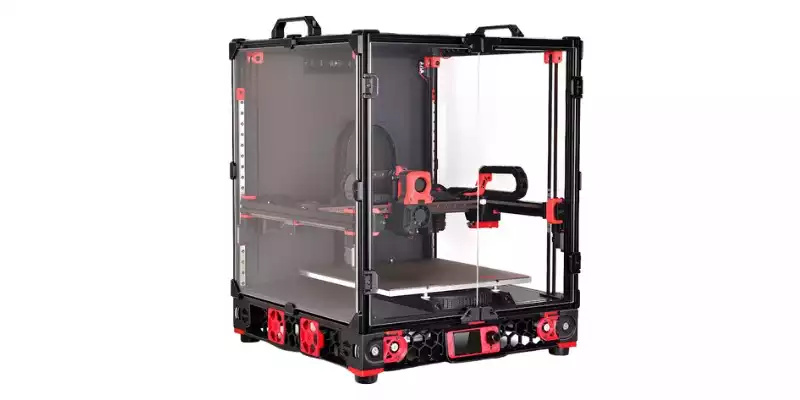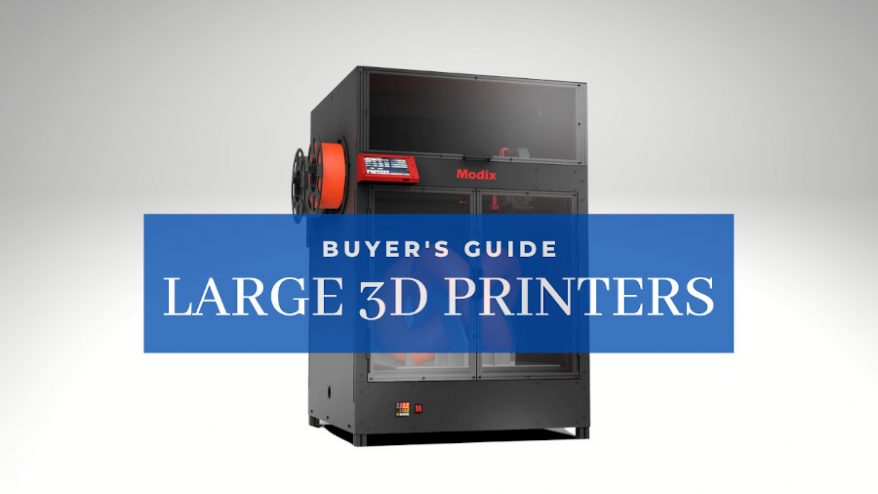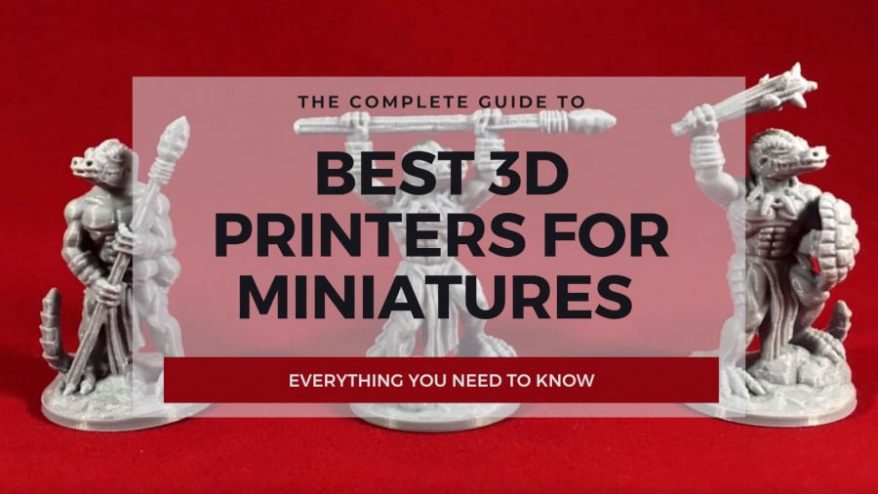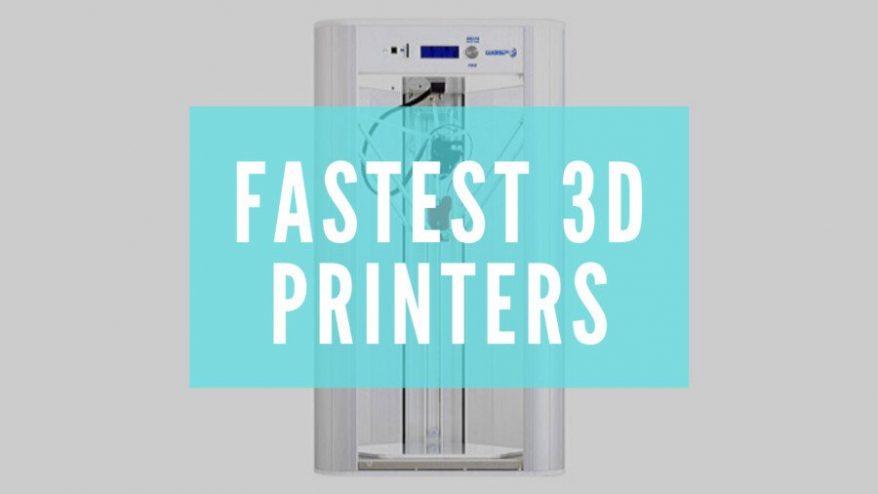CoreXY printers employ an innovative belt-driven design to control the printer head – allowing them to print far more quickly and precisely than standard FDM printers. In this guide, I’ll compare all the best CoreXY 3D printers I’ve tested across their print speed in the field, as well as print quality, ease of use, and more.
|
4.7
|
4.5
|
|
$599.00
|
$669.00
|
|
220 x 220 x 250 mm
|
280 x 280 x 270 mm
|
|
600 mm/s
|
600mm/s
|
|
|
|
|
- Fast print speed
- Build quality
- Enclosed chamber
- Poor UI and software features
- Works best with PLA
- Enclosed for temperature control
- Lightning fast print speeds (3DBenchy in under 20 mins)
- Auto bed leveling for smooth print surface
- More expensive than other options
For the best overall CoreXY 3D printer overall, I recommend the Qidi Tech X-Plus 3. It has a large build area and delivers precise performance rivaling far more expensive machines.
It’s ideal for super-fast enclosed printing with professional-grade results, and its enclosed design makes speedy printing with tricky filaments like ABS a breeze.
If you’re looking for an affordable entry-level CoreXY, the Tronxy X5SA Pro is my budget pick. It’s easy to use and offers smooth and snappy 3D printing for under $300.
Quick Overview
- Qidi Tech X-Plus 3 – Lightning fast printing and fully enclosed
- Creality K1 – Also extremely fast
- Tronxy X5SA Pro – Cheapest CoreXY printer
- Bambuu P1P
- LDO Voron 2.4 R2 – DIY kit option
- Creality CR-30 – For printing unlimited length models on a conveyor belt
The Best CoreXY 3D Printers
1. Qidi Tech X-Plus 3: Best CoreXY 3D Printer with Enclosure
- Price: Check latest price on Amazon here
- Build volume: 280 x 280 x 270 mm
- Speed: 600mm/s
- Max nozzle temperature: 350°C
- Heated bed temperature: 120℃
- Filament compatibility: PLA, ABS, ASA, PETG, TPU, PC, UltraPA, Nylon
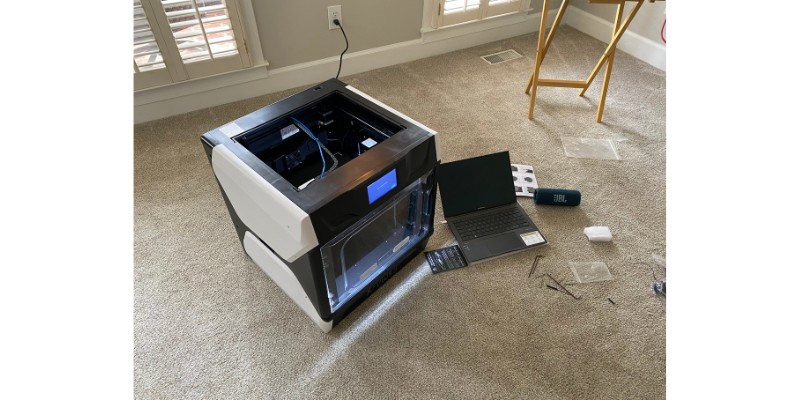
Pros
Lightning fast printing – I 3D printed a Benchy in under 20 minutes.
Enclosed, but with transparent panels so you can easily monitor print progress.
Cons
Firmware was buggy at times when I used it.
Pairing a CoreXY system with Klipper firmware, the X-Plus 3 can print small models like a 3DBenchy in under 20 minutes. That’s lightning-fast, especially when I think about my old Cartesian system printers.
Even when I pushed the speed, there was hardly any vibration, and the printhead control was top-notch.
The smoothness on the print surface was impeccable, aided in no small part by its auto-leveling feature, ensuring easy removal from the textured spring steel sheet.
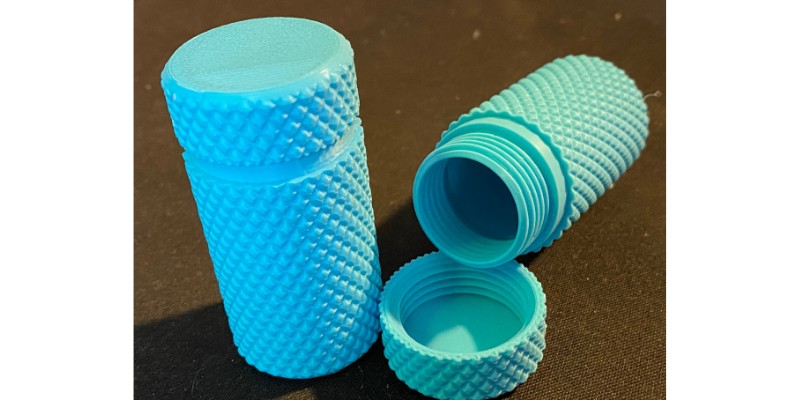
And with its spacious 280 x 280 x 270 mm build area, the Qidi X-Plus 3 allows you to tackle larger models than many other CoreXY competitors.
Now, I won’t lie, I did stumble upon a few bugs in the printer’s firmware and software. But honestly, nothing that took more than a couple of minutes to solve
If you prioritize speed and high quality prints, the Qidi X-Plus 3 is an excellent choice for hobbyists.
The Qidi Tech X-Plus 3 is an excellent choice for makers interested in rapid prototyping or who want to try out advanced filament materials like ABS or PC.
Moreover, the X-Plus 3 has a very professional design, and its features have been optimized to handle higher-grade filament materials with incredible speed.
2. Creality K1
- Price: Check latest price at Creality here
- Build volume: 220 x 220 x 250 mm
- Speed: 600 mm/s
- Maximum nozzle temperature: 300°C
- Heated bed temperature: 100°C
- Filament compatibility: PLA, ABS, PETG, TPU, ABS, ASA, PC, CF

Pros
Fast print speed
Build quality
Enclosed chamber
Cons
Poor UI and software features
Works best with PLA
The Creality K1 is build from high quality materials, and features a polished metal finish, true hands-off automatic bed leveling and input shaping, in-build diagnostics, and Wi-Fi connectivity. It’s a premium printer at a budget price.
It’s ideal for enthusiasts, first timers, and even small businesses given the quality of the prints the K1 can produce.
Under $600 is very cheap for a machine that can reach 600 mm/s print speeds, and has an enclosed chamber designed for filaments like ABS.
To put it in perspective, the Bambu P1P costs an extra $100 and doesn’t have an enclosure. Some say the Creality K1 is a sophisticated Bambu lookalike… so make of that what you will.
However, the K1 isn’t perfect. Creality’s enduring need to reimagine open source hardware and software in-house means a shaky UI experience and under-featured software.
Also, when the K1 originally launched it had issues with printing anything but PLA – though this has now been fixed by a new hot end and extruder upgrade. But, just be sure to pick up a newer, updated model.
If you want to 3D print more demanding and exotic filaments, the Qidi Tech X-Plus 3, with its heated chamber is a better fit.
Features:
- Max Speed: 600mm/s
- Acceleration: 20000mm/s²
- Hands-free Auto Leveling
- Self-test
- with One Tap
3. Tronxy X5SA Pro
- Price: Check latest price at Amazon here / 3DPrintersBay here
- Build volume: 330 x 330 x 400 mm
- Speed: 20-100mm/s
- Max nozzle temperature: 275℃
- Heated bed temperature: 100℃
- Filament compatibility: TPU,PLA, ABS, PETG
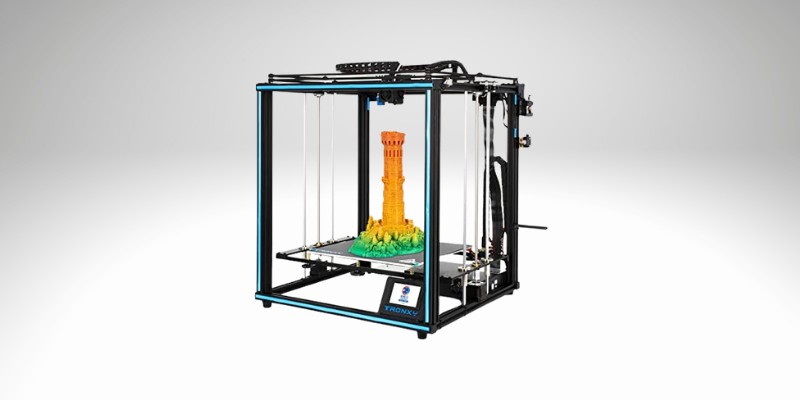
Pros
24V powered bed produces even heat across the surface.
The printer supports many features, such as laser engraving and open-source firmware.
Impressively large build surface for more complex 3D prints
Cons
Setup and upgrading the machine may be difficult for beginners.
From the trusted global developers at Tronxy comes the X5SA Pro, which proves to be one of the fairest-priced CoreXY printers on the market.
With a build volume of 330 x 330 x 400 mm, the X5SA Pro features dual Z-axis lead screws for enhanced stability and a flexible magnetic PEI spring steel build plate for easier print removal. The bed also boasts a powerful 40W heater cartridge, ensuring even heating across the surface.
What gives the X5SA Pro its popularity is its value for the price. Once dialed in, it produces high quality prints that rival more expensive printers. It’s become a favorite of mine in terms of easy customization with extra modifications.
This 3D printer supports laser engraving, has an integrated Y-axis guide rail, and uses a 32-bit mainboard. However, it still relies on manual bed leveling, which can be a bit tedious, and its stepper motors were less than silent in my testing.
Beginners may find setting up this printer daunting due to its manual bed leveling, but experienced hobbyists and professionals will appreciate the performance and modification support this 3D printer offers.
4. Bambu P1P
- Price: $699.00
- Build volume: 256 × 256 × 256 mm
- Speed: 500 mm/s
- Maximum nozzle temperature: 300°C
- Heated bed temperature: 100°C
- Filament compatibility: PLA, PETG, TPU, PVA, PET, Nylon, PC ABS, ASA
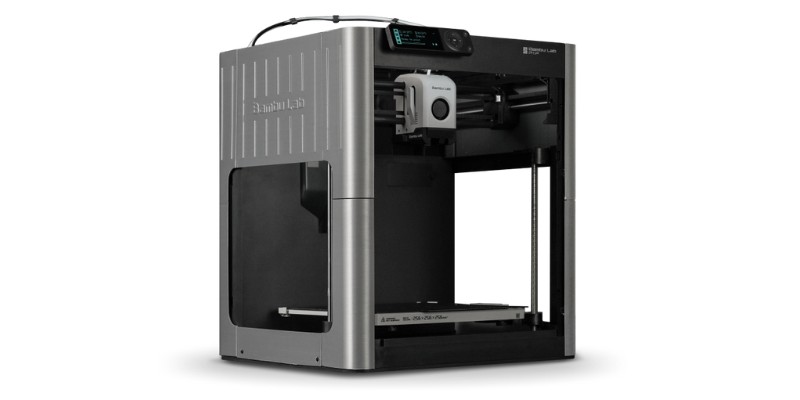
Pros
Fast print speed
Upgrade options
Superb print quality
Cons
No enclosure
Side panels need to be printer
Will struggle to print Nylon and ABS as easily
The Bambu P1P 3D printer strips back all the non-essentials with a functional, barebones design.
The main selling point is the dizzyingly fast 500 mm/s print speeds, just like the more expensive Bambu X1-Carbon. And, using the benefits of the CoreXY design, the printing process is extremely smooth and accurate!!
Despite the cost-cutting, there’s enough quality-of-life features to make it pleasant to use, and it’s more than capable of printing high-quality models. For example, it has hands-off automatic bed leveling, 15-minute-setup, vibration compensation, textured PEI build surface, all-metal hot end, Wi-Fi connectivity, and a tool head that cleans itself.
The vibration compensation is particularly good, mitigating the vibrations that come at speeds way above the 300 mm/s other printers simply can’t print accurately at.
There’s the option to integrate Bambu’s 4-spool multi-color/multi-material filament management Bambu Lab AMS add-on. It’s similar to the Palette range, or the Prusa multi-material accessory – if you’ve ever used those!
However, though the Bambu P1P has decent filament compatibility, the open design means ABS and exotics like Nylon are largely off the table.
At under $700, the Bambu P1P is one of the most affordable CoreXY printers on the market – and it does this without compromising speed or performance.
Cheaper alternative:
If you still want 500mm/s but for less than the Bambu, the Tronxy X5SA Pro remains a solid option. It has a generous 330 x 330 x 400 mm build volume, respectable print quality, and more palatable price.
If you’re concerned with the Bamu’s open design and want to print Nylon and similar heat-sensitive filaments, go with the fully enclosed temperature-controlled chamber and 600mm/s print speed Qidi Tech X-Plus 3.
5. LDO Voron 2.4 R2
- Price: $879.00 –– Available on Matterhackers
- Build volume: 350 x 350 x 350 mm
- Speed: 250mm/s
- Max nozzle temperature: 300°C
- Heated bed temperature: 110°C
- Filament compatibility: PLA, ABS, ASA, PETG, Nylon, TPU, TPE
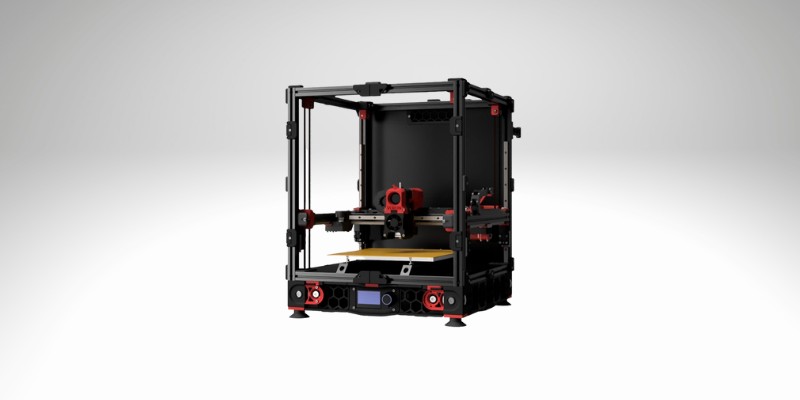
Pros
High-end features.
Helpful schematics online to help with a fun assembly.
Active community.
Cons
Difficult assembly for a beginner.
Made by engineers for true home micro-manufacturing, Voron started back in 2015 under the belief that a 3D printer should be uncompromised, fun to assemble, and a joy to use.
And that brings us to today with the LDO Voron 2.4 R2 3D Printer Kit.
This is a nice entry-level printer into the high-end spectrum that boasts a plethora of possibilities. Not only is it pleasing to look at, but it offers advanced features like opting for a stationary print bed and linear rails on all three axes to help cut down on vibrations.
Voron 3D printers are known for being well-engineered for high-speed 3D printing, making no sacrifices in order to achieve speeds around 100mm/s.
The engineers were serious when they said a printer should be fun to assemble, taking DIY CoreXY 3D printers to the next level. In this almost meta process, you’ll need a 3D printer to build this fully open-sourced DIY printer.
If you go for the kit, it includes most of the hardware essentials – but in an almost meta process, you’ll need a 3D printer to build this fully open-sourced DIY printer.
This printer is definitely an experience, and not for the light-hearted, but if you’re up to the task, you’ll find immense joy in this community and the process of building the LDO Voron 2.4 R2 that’s as unique as your own fingerprints.
This epic DIY kit offers a massive 350 x 350 x 350mm build volume to print colossal projects. Tinker to your heart's content assembling the kit in 20-40 hours.
Print like a pro with exotic filaments like ABS, ASA, nylon, and PC!
6. Creality CR-30 (3DPrintMill)
- Price: Check latest price at Amazon here / Available at Creality here
- Build volume: 200 x 170 x ∞ mm
- Speed: 80mm/s
- Max nozzle temperature: 240℃
- Heated bed temperature: 100℃
- Filament compatibility: PLA/TPU/PETG
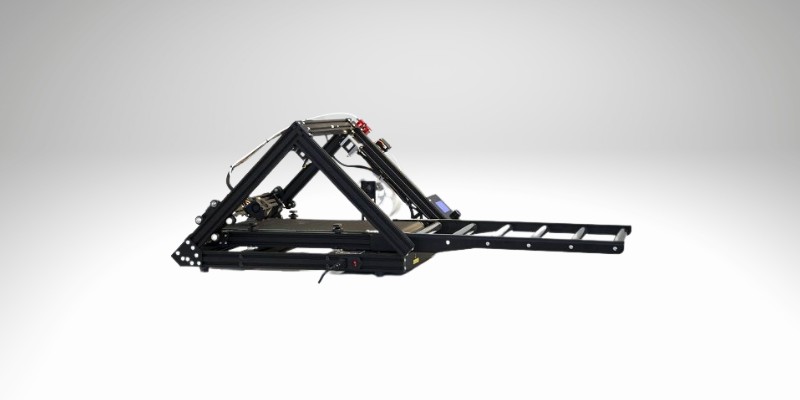
Pros
Revolutionary triangular design.
Runs like a treadmill, promising to increase productivity and reduce time and money.
Ultra silent motherboard and chip for quiet printing.
Cons
The interface feels outdated.
Another Creality special on this list and it’s the slightly more exuberant model, the CR-30.
What first catches your attention about this printer is not only its sleekness but its obvious revolutionary design. While most CoreXY printers are cubic, the CR-30 is triangular with an infinite vertical Z axis.
The print bed runs like a treadmill, or a rolling conveyor belt, which promises to increase productivity, cost-efficiency, and save time. There’s even an extension bracket you can add on for printing extra-long models. It has a Nylon-based heated print bed that’s easy to replace and has excellent adhesion.
To combat logistical setbacks, its printer head sits at a 45-degree angle. While they keep certain specs under wraps, from what we can tell, the printer comes with an ultra-silent motherboard and silent chip, which seems reminiscent of the Ender 6 specs.
Its infinite Z axis has the capability to make this printer a manufacturing powerhouse, and don’t worry, the revolving belt comes already leveled.
Overall, we recommend this printer for users looking to boost productivity and take advantage of the extra-long printing capability for models.
This unique design incorporates a treadmill-like printer bed, enhancing productivity and allowing for extra-long model printing.
With a Nylon-based heated bed for excellent adhesion and an ultra-silent motherboard, this printer promises efficiency and quiet operation.
What is a CoreXY 3D Printer?
A CoreXY 3D printer is a specialized type of FDM printer, falling under the broader category of Cartesian printers, invented by an MIT engineer in 2013.
What sets CoreXY printers apart is their unique design.
Instead of the entire gantry system moving with the printer head as in standard Cartesian printers, only the printer head moves along the X and Y axes in CoreXY printers, driven swiftly by belts.
Meanwhile, the print bed adjusts vertically along the Z axis.
This distinct design minimizes excessive movement and vibration, common culprits behind printing issues like ringing and ghosting.
As a result, CoreXY printers often deliver prints with better stability, speed, and precision.
Additionally, many high-end CoreXY models are equipped with enclosures made from materials such as plastic, acrylic, or fiberglass.
These enclosures help maintain a consistent temperature during the printing process, further enhancing the print quality.
The overall result of this technology is increased space efficiency, speed, stability, and accuracy.
CoreXY Advantages vs Disadvantages
Advantages
- Faster printing.
- More affordable than other 3D printers.
- Despite higher print speeds, it can still deliver accurate and precise models.
- A moving print bed means it can deliver the same build volume but in a more compact size.
Disadvantages
- The belt system can be finicky, if the tension is too high or too low it can lead to increased wear and malfunctions.
- If the printer’s frame isn’t assembled and lined up correctly it will lack accuracy, and the frame can shift over time.
Things to Consider When Choosing a CoreXY 3D Printer
Build Volume
If you want to print large, detailed models or multiple objects at once, build volume is crucial. Anything under 300 mm in any dimension can feel limiting for bigger projects.
If maximum print size is your main concern, the Vivedino Troodon is going to be your best option with sizes up to 400 x 400 x 500 mm. The Creality CR-30 also provides an infinite build height for very tall prints.
On the other end, the Two Trees Sapphire Pro has one of the smallest build volumes at just 235 x 235 x 235 mm, so you’ll want to avoid that one if print size is your priority.
Print Speed
CoreXY 3D printers typically print faster than traditional Cartesian 3D printers due to their efficient mechanical design and reduced moving mass.
Printers such as the Creality K1, Bambu Labs P1P, and Qidi Tech X-Plus 3 all offer incredible speeds.
Print Quality
CoreXY 3D printers are renowned for their high precision and consistent print quality due to their unique kinematic system.
If ultra-precise, high quality prints are what you’re after, the fully enclosed Qidi Tech X-Plus 3 delivers exceptional results. The linear rails and auto bed leveling produce accurate, detailed prints every time.
Price
While affordable CoreXY 3D printers exist, most CoreXY models currently tend to be more expensive than entry-level Cartesian printers due to their more complex design and motion system.
That said, for budget-conscious buyers, the Two Trees Sapphire Pro is the cheapest choice I’d recommend – it’s under $300. But the Tronxy X5SA gives you the most bang for your buck if you can stretch to $329.
If you want to splurge, the Vivedino Troodon has extremely advanced features and performance, but costs over $1500.
Assembly
Many CoreXY printers are available as kits, requiring users to assemble them. While this DIY approach can be a rewarding experience, it can pose frustrating challenges for those new to 3D printers.
If you want a printer that comes fully assembled out of the box, the Vivedino Troodon requires zero construction to get printing. The Qidi Tech X-Plus 3 is also mostly prebuilt.
For a fun complete kit DIY project, the Voron 2.4 is a great choice, but requires sourcing components and advanced assembly. The Two Trees Sapphire Pro comes semi-assembled, striking a good balance for new tinkerers.
Automatic Bed Leveling
When looking at CoreXY printers, I highly recommend beginners prioritize models with automatic bed leveling.
Manually leveling the bed is a little tricky, and failure to do so properly can causes issues like poor first layer adhesion and warped prints.
Printers like the Qidi Tech X-Plus 3 take the hassle out of leveling with auto-leveling sensors and software. This ensures a perfectly smooth and level print surface every time with no fussy adjustments needed.
On the other hand, printers like the Tronxy X5SA Pro rely on manual leveling before each print. While doable for experienced users, beginners will likely find themselves frustrated and with failed prints.
FAQs About CoreXY 3D Printers
Are CoreXY printers better?
CoreXY printers tend to be faster and more precise compared to traditional Cartesian FDM printers.
Their stationary print bed and lightweight print head allow for quicker movements and acceleration. Many users find CoreXY delivers better overall print quality.
However, they can have a steeper learning curve for setup and calibration.
Which is faster – CoreXY or Delta?
CoreXY printers generally print faster than Delta printers.
The lightweight print head on a CoreXY allows for quicker back-and-forth motion. Delta printers move the entire carriage up and down which limits acceleration.
Well-tuned CoreXY printers can reach speeds of 150mm/s or more.
What is the most affordable CoreXY 3D printer?
The Two Trees Sapphire Pro is one of the most affordable CoreXY printers, priced below $300.
Despite the low cost, it includes impressive features like auto bed leveling, power outage detection, and sturdy build quality.
What’s Changed?
In our September 2023 update of this article, we have changed:
- The Voron 2.4 has been updated to the newer LDO Voron 2.4 R2.
- Additionally, the Qidi Tech X-Plus has made way for its successor, the Qidi Tech X-Plus 3, now edging out the Creality Ender 6 in our mid-range category.
- While the previous models remain competent, our current picks offer superior performance and ease of use.
Jan 2024 updates:
- Updated pricing information for 2024.

